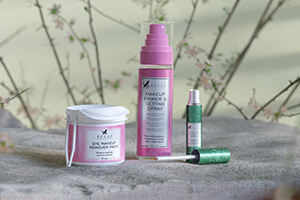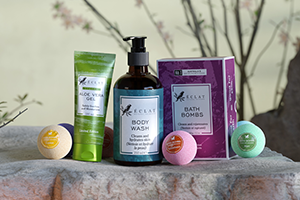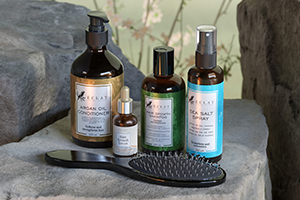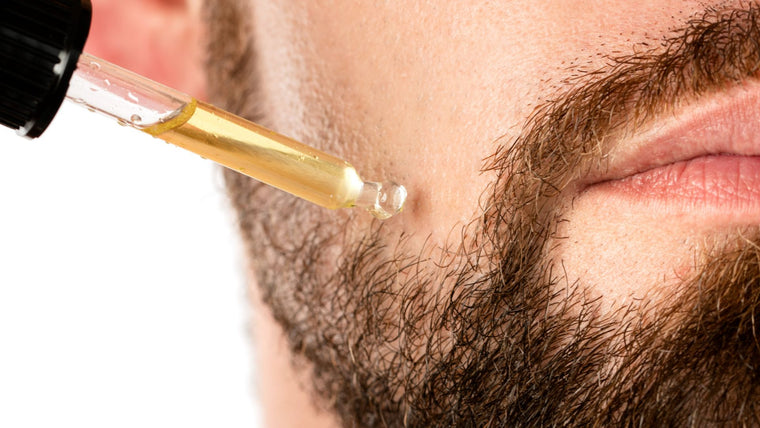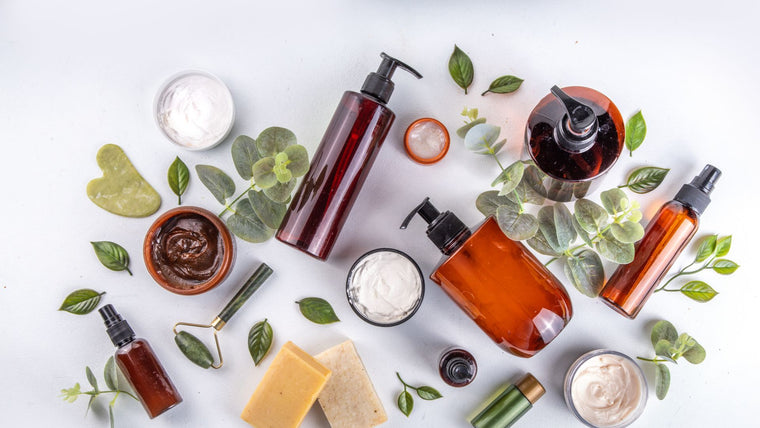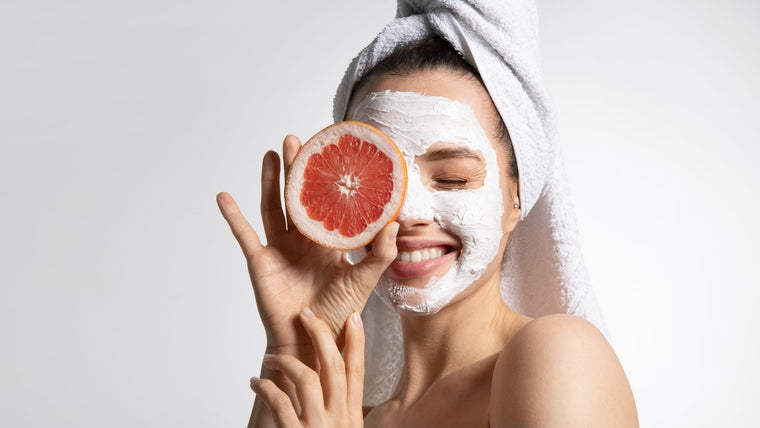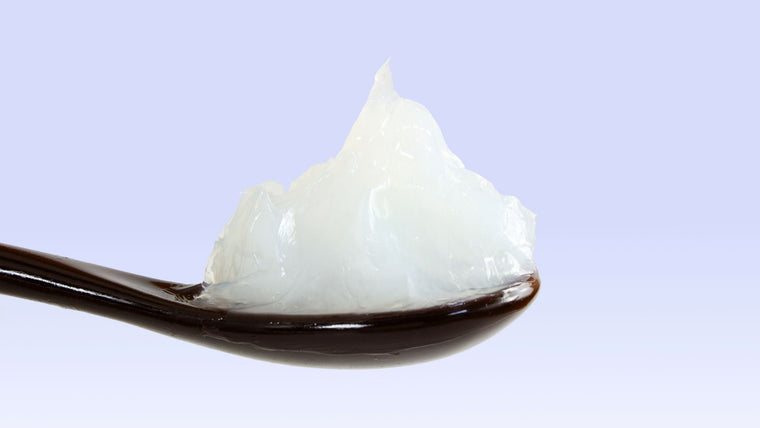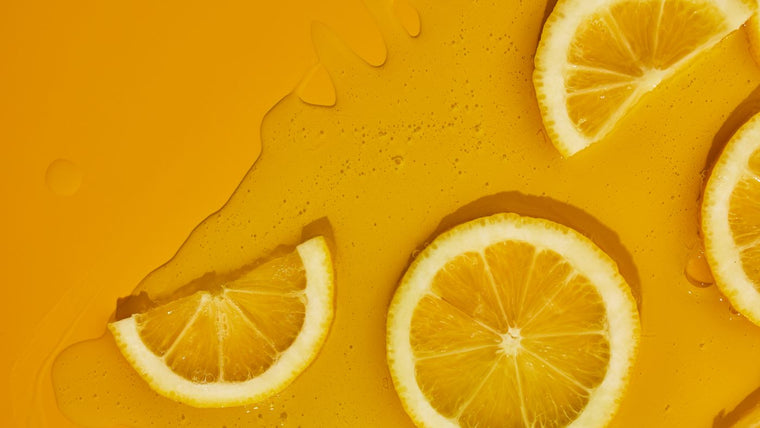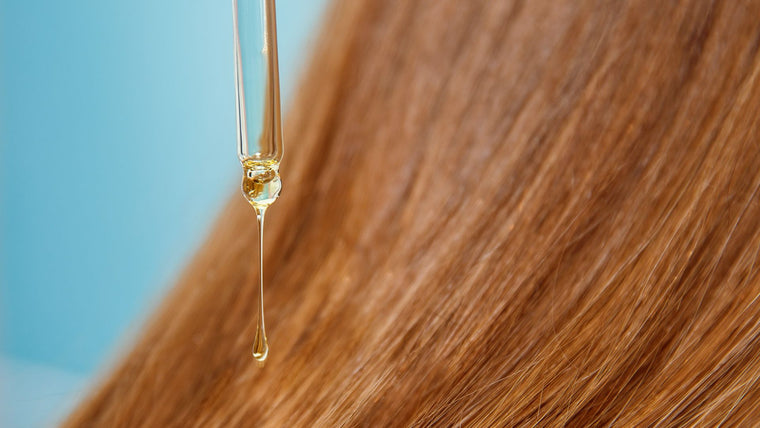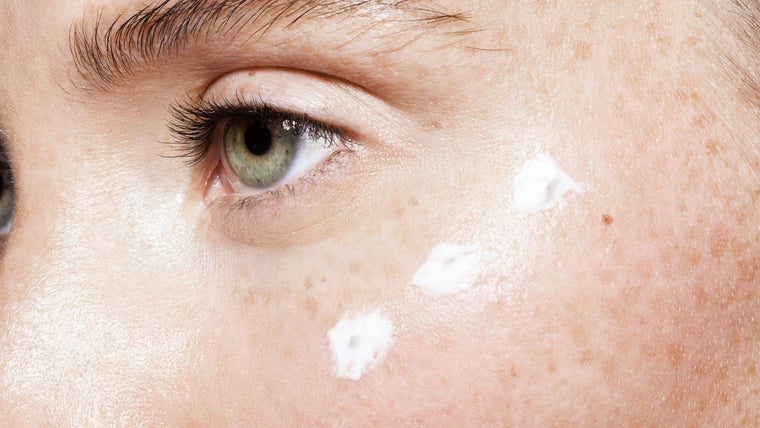Men's Skincare Routines: Oily Skin Edition
- 26/06/2023

Anyone can suffer from oily skin, but did you know that men are more likely to struggle with excess oil production? Here’s some good news, though: just a few simple changes to your skincare routine can help to get any oiliness in check.
If you don't already have a routine, then we're here to help you put together the perfect combination of oil-fighting products to reduce grease and unclog pores. Keep reading to discover the steps you can take to minimize excess oil and create the perfect skincare routine for matte, oil-free skin.
What is oil and what causes it?
Having oily skin doesn't just mean that your skin looks oily. Often, excess oil can lead to other skin concerns, including acne, blackheads and whiteheads, and superficial breakouts. So chances are if you suffer from any of the above and you have oily skin, tackling the oiliness will lead to improvements in other areas. Understanding where oil comes from is important if you want to get to the root of other skin issues.
So, what is oil and why does it build up on skin? The shine you see on the skin’s surface comes from the sebaceous glands. Everyone has them, and they're often mistaken for pores—but they're not the same thing, and they're not visible to the naked eye.
Sebaceous glands and filaments
Sebaceous glands exist within the middle layer of skin, beneath the epidermis (or top skin layer) but above the dermis (skin’s invisible bottom layer). They always occur alongside a hair follicle—so if you have facial hair, odds are you're more likely to have more sebaceous filaments, and therefore more oily skin.
The function of sebaceous glands is to excrete (we know, ew) sebum. Sebum is naturally produced by the body. It's a waxy, oily substance that works to moisturize, coat, and protect skin.
Everyone produces sebum. If you've ever heard someone talking about the natural oils that your body produces, what they're really talking about is sebum. Don't get us wrong, though: Sebum isn't the only "oily" factor on your skin, and oily skin residue is often a combination of sebum, sweat, and dead skin cells that have built up over time.

If you don't wash your face often, then you'll have more of this buildup on your skin, even if you can't see it. That's why having a solid skincare routine starts with washing your face, as it’ll create a clean canvas to start fighting any shininess.
Sebum is present on everyone's face, but if your body produces more sebum, then that characteristic shine will be more visible. So what causes excess sebum production in men? There are a few different factors, including...
DHT
Specific products can help you ward off unwanted greasiness but, before trying them, it might be worth taking a trip to the doctor to get your T-levels checked out. Dihydrotestosterone, a.k.a. DHT, is one of the leading causes of oil buildup on men's skin.
Where does DHT come in? Well, to get a bit sciency, DHT converts into testosterone within the body, and it's during this conversion process that it forces your sebaceous glands to produce excess sebum, or oil. The more sebum you have, the oilier your skin will be.
Genetics
Some people, especially men, are more prone to oily skin due to genetic factors. Men have naturally larger pores, so they have a higher rate of sebum production. Being a man doesn't necessarily guarantee that you'll have oily skin—it really is down to the genetic lottery whether you're more prone to oil or not, but being a man does increase its likelihood.
Environmental factors
If you live in a humid or hot climate, you're more likely to have oily skin. This is simply down to sweat production—warmer climates encourage more sweat, which mixes with facial sebum to create an oily sheen.

If you live in a colder climate, there's less chance of excess sweat (and therefore, oil) production.
Your current routine
If you suffer from greasiness, it's possible that your current regimen is to blame. Heavy, greasy moisturizers can make the situation worse, especially if they contain comedogenic oils like coconut. “Comedogenic” means that something is more likely to clog your pores, so looking for non-comedogenic ingredients is key for an oil-free complexion.
This is your reminder to check your bathroom cabinet and throw out any products that can clog pores and increase congestion (or, better, donate them to a friend with a different skin type!).

The best men's skincare routine for oily skin
When it comes to oily skin, less is usually more. If you want to get your oiliness in check, your best bet is to start off simple, tackling the root of the problem. In turn, you'll likely notice a clearer complexion, less shine, and a healthier barrier.
So, what does a skincare routine for men with oily skin look like? Ideally you'll want to take care of skin twice daily: in the morning and at night. Your routine won't really differ here, apart from the product you use in the 3rd step, but there is an extra 5th step in the morning (SPF).
Morning & Nighttime
Cleanse
The first step to any routine (but especially if you have oily skin) is to wash your face. This simple part is absolutely essential if your skin produces excess oil. While we recommend double cleansing (cleansing with an oil-based cleanser, followed by a water-based cleanser) to reap more skin benefits, one simple cleanse will set you on the right track.
When looking for a cleanser, you should keep an eye out for one that's designed for oily skin, or at least has ingredients that work for your skin type. Ingredients like salicylic acid can really get down into pores and pull out deep oil, grime, and dead skin cells while you're washing your face.

If you need to add a new cleanser to your cabinet, give Éclat Salicylic Acid Cleanser a try. It’s formulated with natural, non-comedogenic ingredients like licorice root extract and green tea to brighten skin and strengthen its barrier. It's super lightweight and gentle on sensitive skin, and it even contains niacinamide to control breakouts.
Tone
The second step in your morning skin schedule should be using a toner. The purpose of toner is to unclog and shrink pores, but often also to gently exfoliate. Since oily skin is caused by excess sebum, which contributes to clogged pores, a toner will remove any grime and dead skin from pores while reducing their appearance.
Not only will pores look smaller after using toner, but their tighter state will make it harder for sebum to enter pores throughout the day. This will help to control oil and keep your skin looking matte. For this routine step, we recommend Éclat Cactus Water Toner. It’s formulated with hydrating prickly pear cactus to lock in moisture, and it effectively clears out pores and sloughs away dead skin. Hello, brighter, clearer complexion.
Treat
You can use just about any targeted serum or product to treat your skin. Depending on what you use, you can expect different results. For oily skin, we recommend a Hyaluronic Acid Serum or Niacinamide Serum.
Hyaluronic acid will keep your skin barrier hydrated, which will help it stay healthy, strong, and more capable in regulating sebum. Niacinamide, meanwhile, is a potent acne-fighting ingredient that decreases oil production and the appearance of pores while evening out your skin tone.
Both are brilliant ingredients for breakouts, and they can be used morning and night by men of all complexions and skin types. Serums are usually lightweight and soak in quickly, so they won't feel heavy or greasy.
Moisturize
Healthy skin is hydrated skin, so a solid moisturizer is key. Any moisturizer will do for this step, but we recommend finding one that's specific to your skin’s needs—so in this case, one with oil-tackling ingredients could be helpful. That said, you should always prioritize finding a moisturizer that feels good on your skin and doesn't cause irritation. This is important, especially if you have oily or acne-prone skin, since inflammation can make breakouts worse.

If your skin is dull as well as oily, a vitamin C moisturizer can help to brighten skin and refresh your complexion. Alternatively, check out our Men's Daily Moisturizer. Formulated especially for men with larger pores, this formula is non-greasy and non-comedogenic. Its lightweight, plant-based ingredients like allantoin effectively moisturize skin—and won't clog your pores.
SPF
Sun protection is a staple in every grooming routine, and it shouldn't be skipped if you have oily or acne-prone skin. Since UV rays can cause an already stressed-out complexion to produce more sebum and oil, it's essential that you protect your complexion, especially if you have sensitive skin.
Other things to consider
The above skincare routine is a great place to start if you're trying to keep it simple, but there are a few extra steps you can take to prevent the formation of excess oil and to keep skin healthy.
Exfoliate once a week
Exfoliating is key to sloughing away dead skin cells and keeping your shine levels in check. For men with oily skin, we recommend exfoliating once a week on top of your normal regimen. This will give your pores an extra oil-fighting boost, as it'll make sure to suck up any stubborn grime, dirt, and sebum that your regular routine might miss.
Exfoliating products are a dime a dozen but, if you don't have sensitive skin, a good product for controlling excess oil and exfoliating your complexion is retinol. Whether it's in serum or cream form, retinol is a strong exfoliating ingredient that boasts pore-cleansing benefits too. It's especially beneficial if you're prone to acne, but it's not the most gentle product, so we recommend doing your research before slathering this exfoliator onto your face. If you want to know more, check out our guide to all things retinol here.
Use a face mask
A pore-clearing mask is a great way to give your skin a little TLC in times of oily distress. There's no hard rule on how often you can use a face mask, but masking at least once a week will ensure that your skin gets a reset and that your pores are clean and clear. Any mask aimed at unclogging pores and clearing your complexion will do the trick, but a charcoal mask will really go above and beyond.
Charcoal is a tried-and-tested ingredient that's been shown to remove impurities from skin quickly and gently. Since it's so porous, it soaks up any excess oil, which in turn can improve the appearance of blackheads and acne.

Our Éclat Charcoal Mask is our favorite mask to cleanse skin and control oil and blackheads. Formulated with natural ingredients, including our four-clay blend of bentonite, Moroccan lava, Montmorillonite, and kaolin clays, it effectively draws out impurities, exfoliates, absorbs excess oil, and prevents breakouts.
It also locks in all-important moisture without stripping skin. We recommend slotting a charcoal-masking sesh into your weekly schedule.
Blotting paper
While not a long-term solution to oily skin, blotting paper is a quick and easy solution if you notice excess oil during your day-to-day. Simply use the paper as needed by using a gentle pressing motion on areas of your face that could do with some mattifying. Looking for a blotting paper with charcoal is highly recommended, like our Facial Oil Blotting Paper, as it will keep skin balanced.
How long will it take to see the results of my new routine?
Results will depend on the frequency you use skincare products, the specific products you use, and your skin type. Everyone's skin is unique, so you'll see results in any time window from as little as one week up to one month or longer.
Products like charcoal face masks and blotting paper are great if you’re looking for immediate oil-absorbing results, but they're not a long-term fix. What's important is staying consistent with a routine, and sticking with it once you see improvements in your skin.


